How my village has changed over a decade
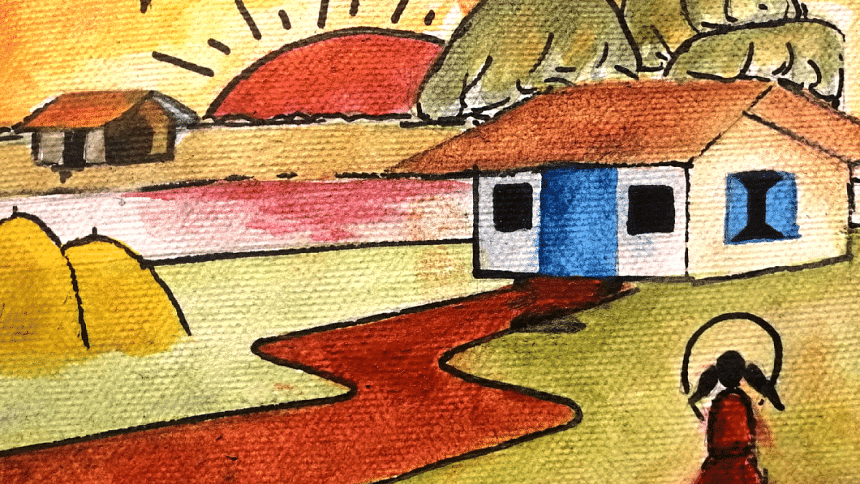
I left my hometown around 2010. In March 2020, I shifted back to my village. The memories I had of the place had been shaped by the experiences I'd had before 2010. When I returned to my village after 10 years, equipped with a degree in anthropology and an academic understanding of societies, I noticed that my village had undergone a remarkable transformation in my time away.
An anthropological observation of Bangladesh's rural areas is nothing new. Changing Agrarian Structure in Bangladesh: Shimulia, a Study of a Periurban Village by Helaluddin KS Arefeen is a unique anthropological document that provides insight into understanding the changes in the agricultural structure of rural Bangladesh. Borhanuddin Khan Jahangir also examined rural areas and class struggle in the country, while Eirik G Jansen published a study in 1990 titled Rural Bangladesh: Competition for Scarce Resources.
But after the 1990s, there has been a profound transformation in the contemporary village system. During my year-long stay in my own village, I saw how socioeconomic progress, technological advancement, and population growth have collectively altered our rural landscape.
In my childhood, there were numerous natural sources of fish around my village, such as rivers, canals, and reservoirs. Throughout the year, people used to catch fish from these water bodies and depended solely on this for their income. During the rainy season, their earnings would increase significantly as more waterways and bodies became visible. Also, whenever any family found itself without food, members of that family would go to a reservoir or canal to catch fish. This was the primary source of protein for many. However, after 10 years, I observed that all the water bodies and natural fish sources had been destroyed due to various reasons. Commercial fish production is seen in some areas, but free fishing opportunities are totally absent in the village. Nowadays, everyone relies on fish sold in the markets, while pangas and Tilapia fish dominate. As natural sources of fish have disappeared, fish have also become excluded from the diets of the rural poor. Those who used to depend on catching fish have now shifted to driving rickshaws or working as labourers.
In the traditional village house, the yard served as the source of various vegetables. However, many people no longer have open yards due to the construction of new family homes. Cultivating winter vegetables, including potatoes and various types of pulses, for personal needs was a common practice in at least half of the houses. These were stored for year-round use. But these practices have largely disappeared now.
Furthermore, the dependency on the market for every meal has resulted in a reduction in variety. Apart from radishes, eggplants, potatoes, pangas fish, or poultry, the diversity of available food has significantly diminished. Some local vegetables, which are not available in the market, are entirely absent from the villagers' diet due to the lack of stored grain seeds.
Previously, people used to visit the market twice a week, but now they go there daily. Not only fish and vegetables, but fruits such as mangoes, jackfruits, and palms—which were commonly found in village households—are now being bought from the market.
The concept of joblessness itself did not exist in my village a decade ago, since there was no structured job market or an income-dependent economy. But now, household work such as fishing or growing vegetables in one's backyard are no longer considered jobs. So, the term "jobless" has gained popularity.
Back in the day, there were no constructed borders separating yards between neighbours. Homes could be distinguished from one another by the trees positioned in the middle of their yards. Consequently, children in the village also had spacious yards to play in. However, a decade on, I noticed that most houses have erected brick or bamboo walls in the middle of their yards, resulting in the disappearance of open spaces.
Not only did these spaces provide recreation to children, they were also functional. The largest of the yards used to be utilised for holding village gatherings, such as marriages or meetings to resolve local conflicts through the traditional justiciary.
Recently, I was surprised to discover that the influence of traditional gatherings, like majlis or panchayat, on social justice has significantly diminished. Nowadays, villagers directly approach the police station or court in the event of a crime or conflict. Sometimes, the local leaders of political parties exert their influence, overshadowing the traditional court. Rural social events have also undergone transformation. Previously, marriages used to be organised by the panchayat or majlis with the assistance of villagers. Nowadays, these events are managed by event management authorities, and villagers are simply invited to partake in the festivities.
Technological advancements have also altered the village landscape. I personally observed a decline in casual evening gatherings at the village tea stall, with villagers now spending their leisure time on their phones. Their primary internet usage consists of watching YouTube and Facebook videos. Often, they subscribe to pages or channels that do not always offer reliable information.
But one thing that remains unchanged is women's participation in the social structure. Even a decade later, women are scarcely visible in public spaces within the village or on public transport. There is an increase in the number of women visiting the market, but solely as customers. I personally have not observed women engaging in any commercial activities within the local market, except for some nurses working in the hospital.
The transformation of rural Bangladesh is fostering an increased reliance on the market and formal transactions. These shifts are diminishing our emotional connection with one another, emphasising commercialisation across all sectors. Such a trend does not always equate to a healthy and happy society. Today's average Bangladeshi village cannot be described as being self-dependent. Rather, it has changed into a formal money transaction society.
Shahadat Hossain is a research scholar in the Department of International Relations at South Asian University, New Delhi, India.
Views expressed in this article are the author's own.
Follow The Daily Star Opinion on Facebook for the latest opinions, commentaries and analyses by experts and professionals. To contribute your article or letter to The Daily Star Opinion, see our guidelines for submission.

 For all latest news, follow The Daily Star's Google News channel.
For all latest news, follow The Daily Star's Google News channel. 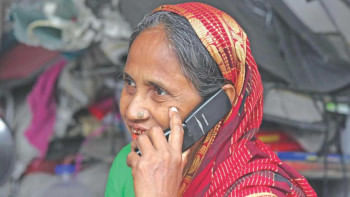




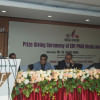
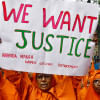


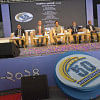


Comments